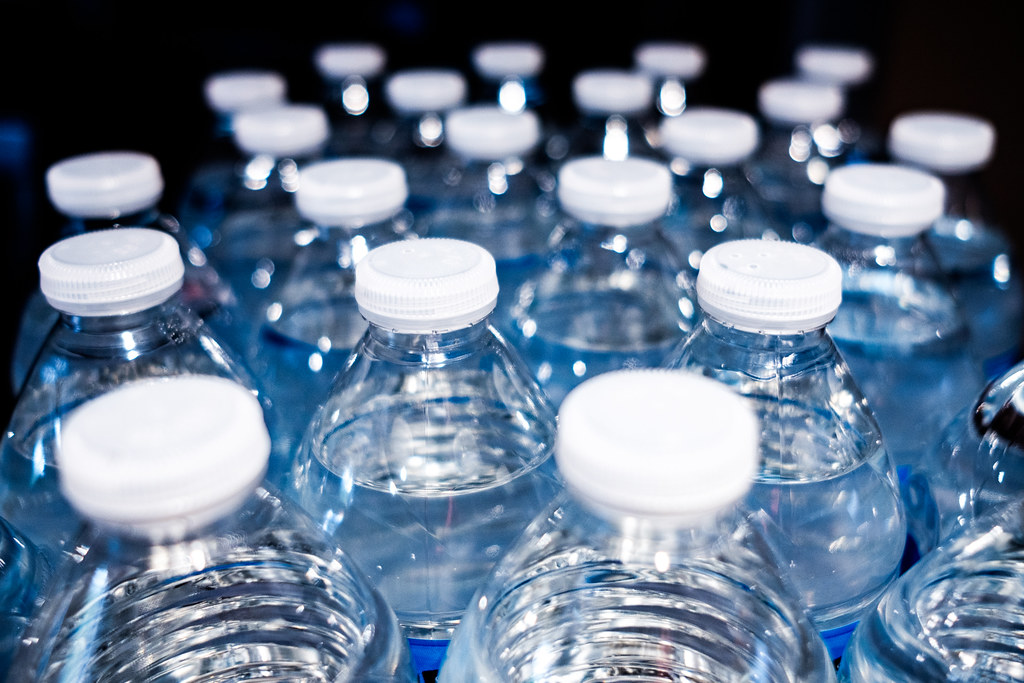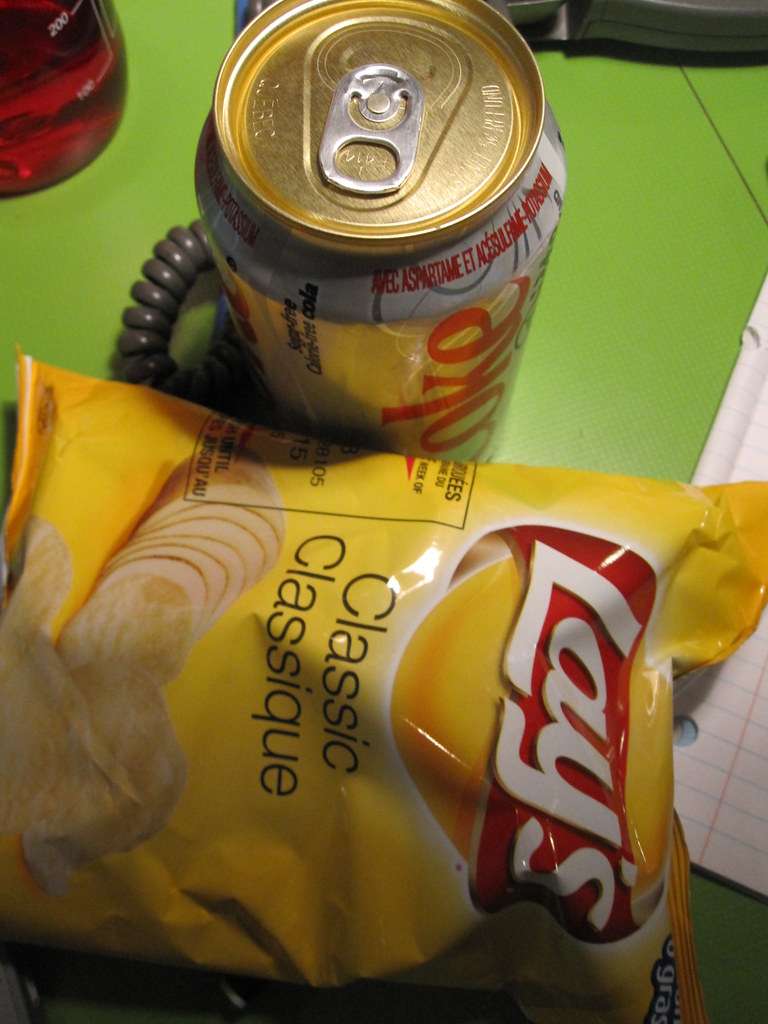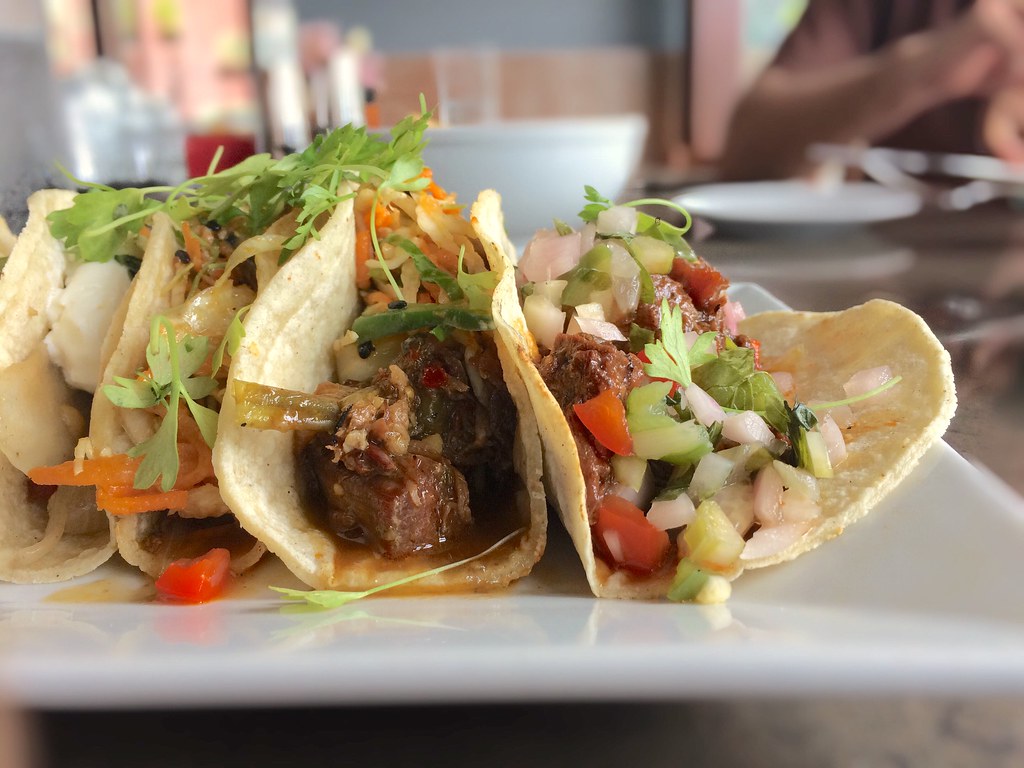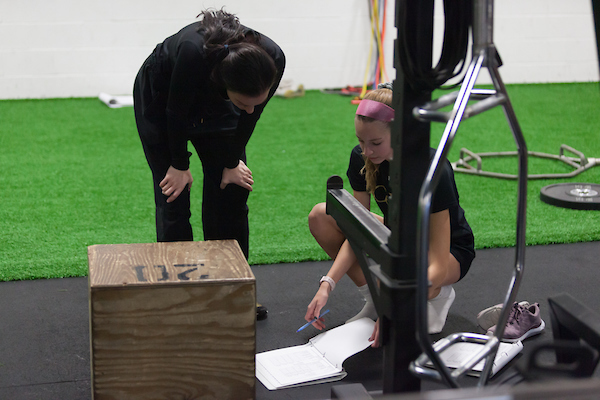
07 Nov Getting Your Youth Athletes To Eat Healthy
Here’s a hard truth: most youth athletes are malnourished and dehydrated.
It’s shocking because, we live in a privileged society where we have unlimited access to free water, organic produce, 100 different electrolyte drinks on the market, shelves of healthy bars and snacks in Trader Joe’s, and did I mention…free, clean water?
Even crazier, new kids come into my gym looking like Casper the ghost, on the edge of fainting, and the first thing I ask, “did you eat and hydrate today?”
“I forgot,” they all utter.
My reaction:

Forgetting to drink water makes me wonder. For starters, is the kid truly forgetting, or is it a lack of preparation? Are the parents to blame? Is is the school system’s fault for not allowing water bottles in school?
Don’t get me started on the school system failing to understand that hydration equals better brain function, cognition and memory, and focus. But that would make too much sense. ;-O

Alas, there’s a lot to unpack here when it comes to ensuring youth athletes are infused with nutrients and life. A lot of the onus is on the adults, coaches and teachers to guide kids in the right direction.
So, let’s dive in on how to get kids to eat healthy once and for all.
1. Place them in the right environment.
Want to hear a funny story? Recently, I had a mom ask me to help her daughter with nutrition because she eats like crap every day.
Before blaming the kid, I asked the mom the tough question first, “what is in your pantry at home?”
“Oreos, chips, boxed mac n’ cheese, and soda,” she listed a menu of toxic sludge.

I replied, “that’s problem number one.”
Yes, better nutrition for kids starts in the house.
And as much as parents think me repeating the same thing Google says about veggies being healthier than Oreos, it’s not going to help if the kid is exposed to junk daily. We all know what is healthy and what is not, and so do kids.
So start at home first. Stock it with protein bars, fruits, nuts, and healthy snacks that give your kids life, not death.
Sorry for the morbid trigger.
Moving on…
2. Stand up to the school system.
Taking the discussion back to schools, it’s no wonder kids are falling asleep in class like bored drones. Many schools don’t allow kids to carry water bottles because the one idiot who brought vodka into class one day ruined it for everyone else.
But yo. Has anyone ever thought to stand up for this? Stand up to the school system that kids need water to comprehend subject matter? That kids need water to remember math equations? That kids need water to improve mood and motivation? That kids need water to live?
I urge parents to call schools out on this. You can quote me on these reasons above. ;-O
3. Be prepared.
Perhaps kids have to be at a tournament with back-to-back games, or bolt right to high school practice after the last period bell rings. Are they prepared with snacks in their backpacks?

These could be as light as a bag of mixed nuts, fresh apples and oranges, protein bars, or meal replacement mixes to blend with water.
4. Allow them treats daily.
Someone recently asked me how I stay in such good shape when I’m posting tacos on my Instagram story.
Newsflash: my diet consists of more than the snapshot of tacos you see on social media.

What people don’t know is, I’ve had a bowl of vegetables beforehand, and overall, I eat tremendously healthy. But eating a small treat every day goes a long way in keeping me on track.
Kids don’t have to eat broccoli, grass fed meat, or asparagus 24/7. Perhaps after their healthy meal, they eat some dark chocolate. Or perhaps as a mid-day snack, they eat a chocolate chip cookie. Sprinkle the treats in daily because in the long-run they’re less likely to feel deprived.
5. Ask them self awareness questions.
Shelling out nutritional advice isn’t always the answer because as I mentioned earlier, we all know what is healthy and what is not. Google can tell us in a split second. Or I can tell you that kale has Vitamin K and you should eat it more, and you’ll nod your head in boredom saying, “I know, Erica…”
Nutrition, to that end, becomes less about advice, and more about interrogation.
Asking the tough emotional questions like, “what foods make you feel better about yourself? or “what foods give you confidence in your body and athletic performance?” or “what foods put you in a better mood?” or “what foods give you energy and focus?”
Spoiler: not a McDonald’s Big Mac.
6. Take action as a coach (or parent).
The best thing I’ve done as far as behavior change for my youth athletes is take them to a smoothie joint or healthy cafe immediately following a workout.
Again, placing them in the right environment is the first step, and I truly believe the responsibility is on the adults in this situation.
After all, we are the role models setting the example and laying the foundation for learned behaviors.

So take your youth athletes to get a banana smoothie to replenish their bodies. Take them to get a sandwich with veggies and meat to restore lost glycogen. Take them to get ginger and lemon shots to prevent sickness in the winter. <– yes, that happened.
Not only is all of this helping them change their nutritional behaviors, but it builds culture, it is fun to be with your athletes outside of the gym, and it helps them with all aspects of their performance further.
Nutrition plays a big role in the mental piece in terms of focus and energy, but also confidence in themselves and their bodies.


No Comments